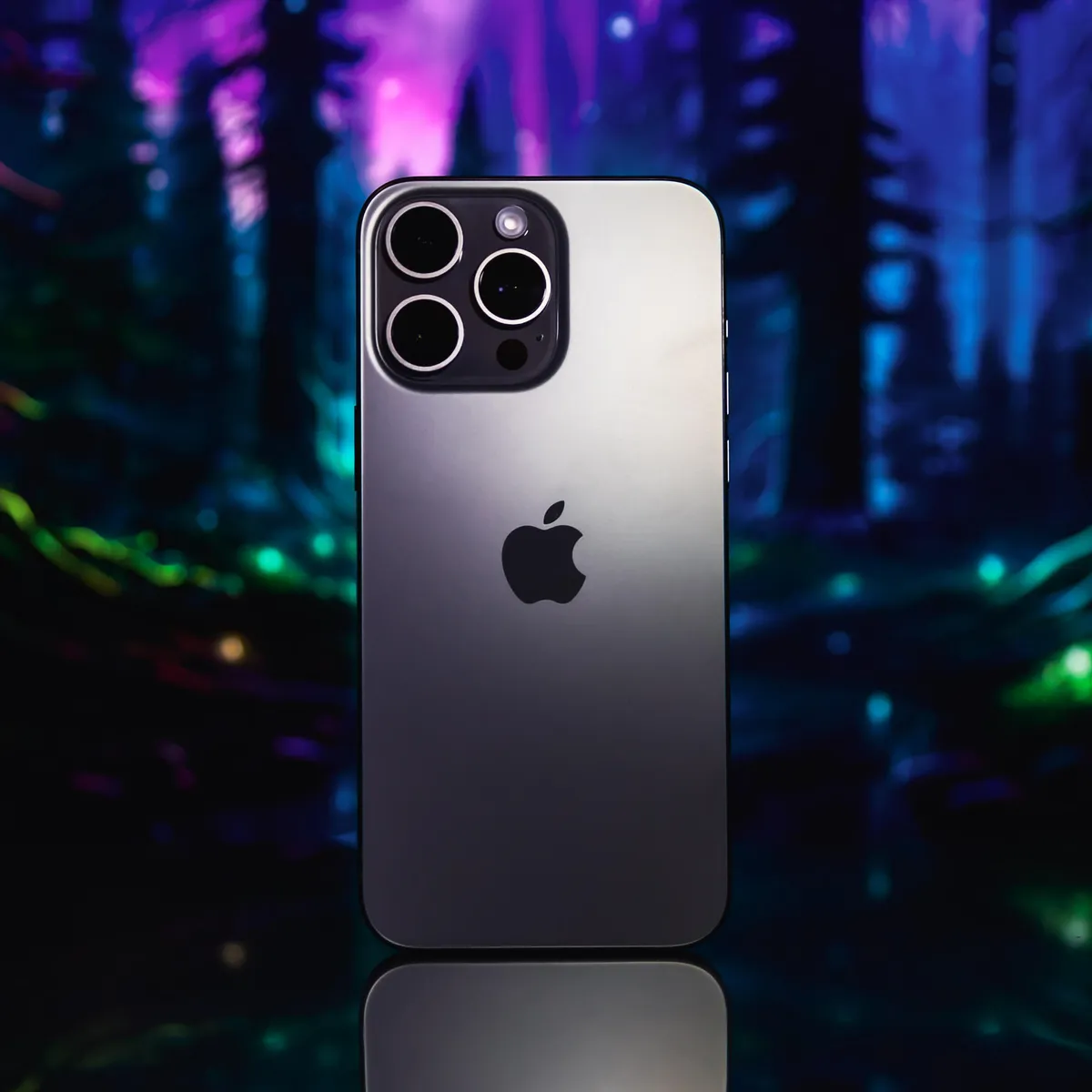Reflecting on my experience with the iPhone 15 series, I grapple with a mix of appreciation and disappointment. The series embodies Apple’s traditional approach to refinement, yet it needs to catch up in areas where I, as a tech enthusiast, hoped for more groundbreaking advancements.
Starting with the USB-C integration, this is a pragmatic step, albeit long overdue. As someone who juggles multiple devices, the universal compatibility of USB-C is a relief. But this move feels less like Apple leading the charge and more like them yielding to industry norms. I can’t help but think about those in the Apple ecosystem who now face the inconvenience of transitioning from Lightning-based accessories.
Regarding processing power, the A16 Bionic in the iPhone 15 and the A17 Pro in the Pro models are powerhouses, no doubt. Yet, I question the real-world necessity of this much power for everyday users like me. Our typical smartphone usage – social media, web browsing and photography – must fully leverage these advanced chips. It feels like overkill, a sentiment that might resonate with many who aren’t using their phones for heavy-duty tasks.
The configuration and display of the iPhone 15, particularly in the Pro models, show Apple’s focus on incremental improvements. The Action Button is a neat addition but doesn’t revolutionize the experience. Similarly, the display quality, while stellar, marks a minor upgrade from the previous generation. I expected more bold moves in design from Apple, a sentiment that might be shared by others looking for a fresh experience.
Now, focusing on gaming, the iPhone 15 Pro, with its A17 Pro chip, is touted for its enhanced gaming capabilities. As a casual gamer, I appreciate the emphasis on high-performance gaming, with Apple claiming support for console-quality games. This promising development bridges the gap between mobile and traditional gaming. However, once we see a broader range of games fully utilizing this power, it’s easier to gauge the real impact. This might be a significant draw for hardcore gamers, but for casual players like myself, it’s an exciting yet unexplored territory.
I feel Apple could have pushed the envelope further for battery life and charging. Minor improvements in battery size are welcome, but the charging speed needs to match the rapid advancements we see in other smartphones. In an age where quick charging is almost a norm, Apple’s conservative stance here is noticeable and, frankly, a bit frustrating.
The camera system, a standout feature of iPhones, continues to impress in the iPhone 15 series. The Pro models, in particular, offer excellent photographic capabilities. However, while enhancing an already high-quality system, these improvements are not a significant leap forward. They refine rather than revolutionize, which is disappointing for someone like me who looks forward to substantial advancements in smartphone photography.
My feelings towards the iPhone 15 series are mixed. It’s a solid, dependable device, true to Apple’s reputation for quality and user experience. But as someone who eagerly anticipates each new iPhone release, I can’t shake off the feeling of wanting more – more innovation, bold changes and features that set new standards in the smartphone industry. The iPhone 15 is a worthy upgrade for those using older iPhone models. However, the series might need to offer more compelling reasons for users of the more recent models to switch. The iPhone 15, while excellent in many ways, seems more like a step forward than a leap into the future.








